Geography
Great Lakes
Level of Effort
Medium
Overview
The Great Lakes Coastal Resilience Planning Guide shows how coastal communities are using science based information to address coastal hazards such as flooding, shore erosion, and lake-level fluctuations. This resource connects people with the tools and data needed to consider natural hazards and climate change in local planning efforts.
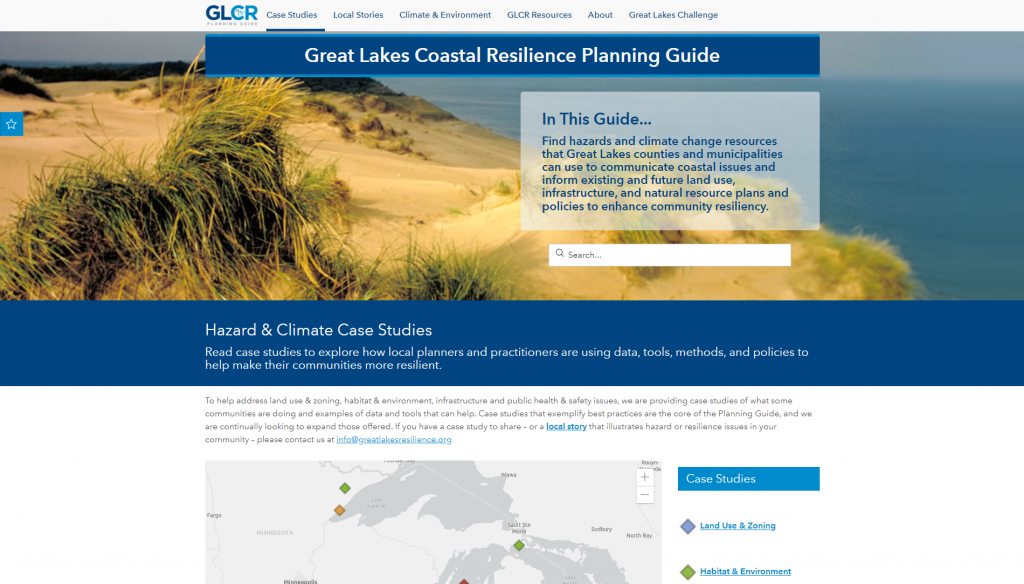
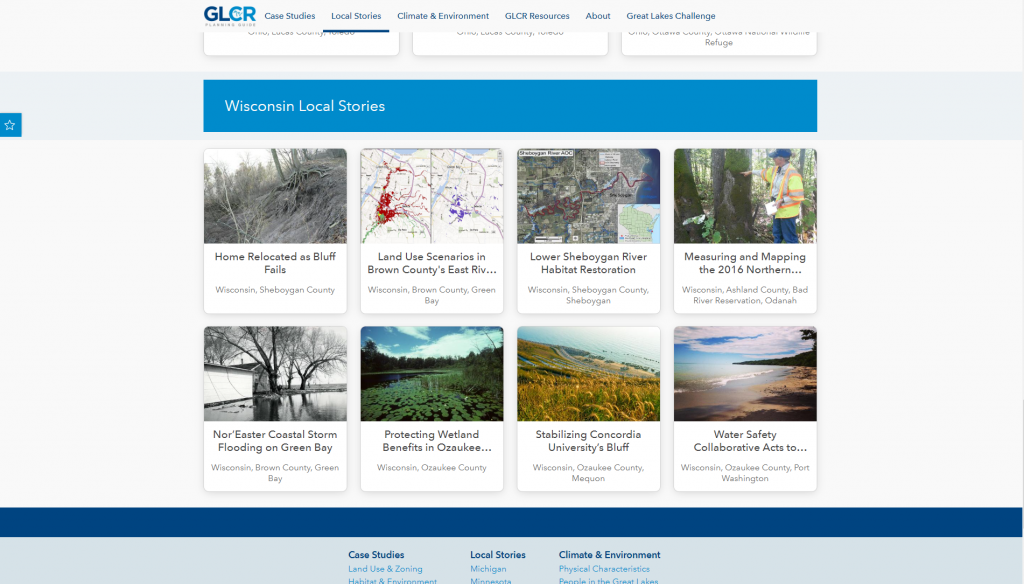
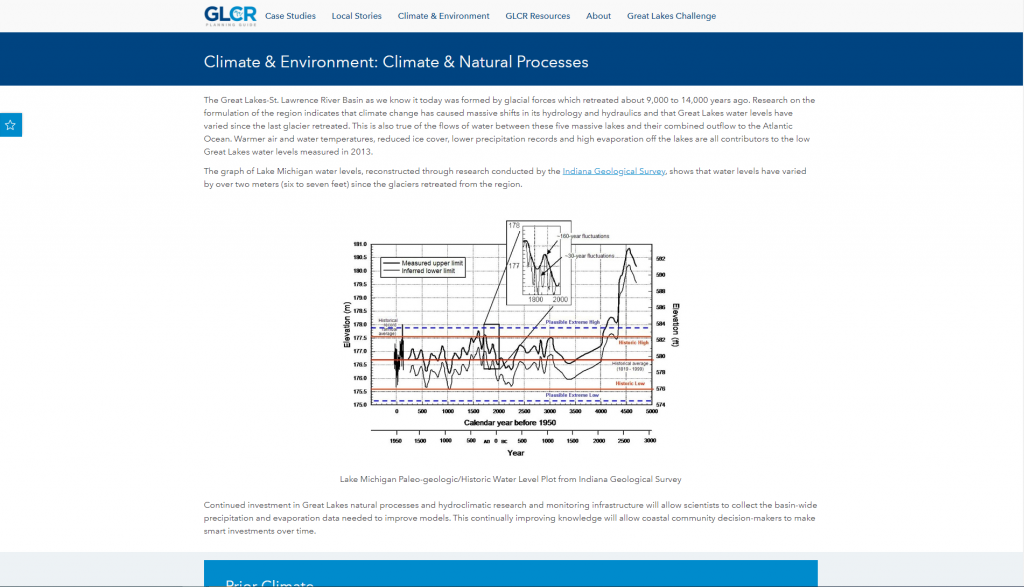
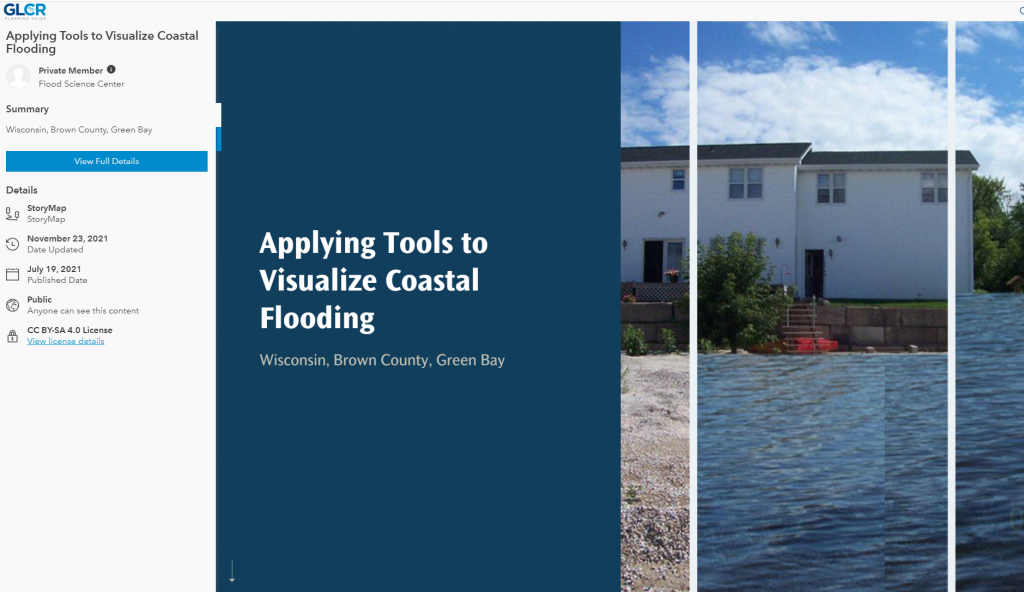
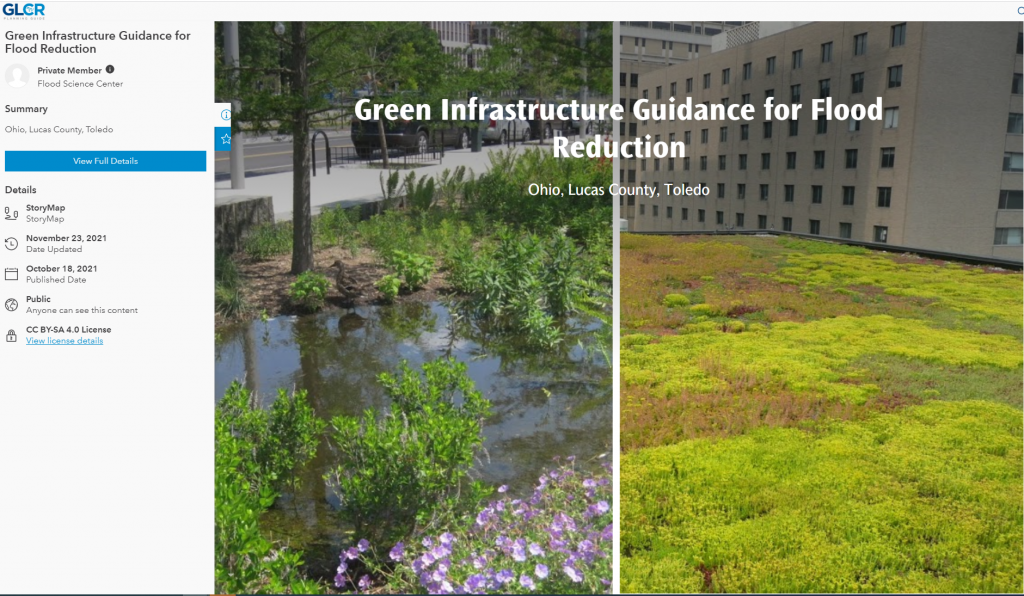
Goals of the Guide
- Share specific solutions and tested strategies communities are applying to land use and zoning concerns, habitat and environmental protection issues, and infrastructure planning needs
- Educate about what’s happening in Great Lakes communities
- Educate about the Great Lakes and its coastal hazards and climate
- Provide access to geospatial data, tools, applications, and web map services available in the region and uncover relevant publications that include legal and regulatory documents, best practices, ordinances, comprehensive plans, and more
Guidance & Resources
The Great Lakes Coastal Resilience (GLCR) Planning Guide is a hub of ideas, advice and resources. The guide aims to connect members of the Great Lakes Coastal Communities through the use of case studies, local stories, climate and environment information, and GLCR Resources. Whether you are a homeowner, community/government official, or simply have an interest in coastal resilience, the GLCR Planning Guide can offer data, advice, and connections to help solve the problems associated with coastal hazards.
Resource Custodian & Partners
Related Learning Opportunities
- NOAA Office for Coastal Management
- Association of State Floodplain Managers
- The Nature Conservancy
- University of Wisconsin-Extension
- University of Wisconsin Sea Grant Institute
- NOAA Great Lakes Environmental Research Laboratory
- American Planning Association
- Coastal States Organization
- National Association of Counties
- National States Geographic Information Council
Tags
coastal resilience, planning, flood risk, coastal hazard, case study, green infrastructure, Great Lakes, Lake Michigan, Lake Superior, Wisconsin, NOAA
